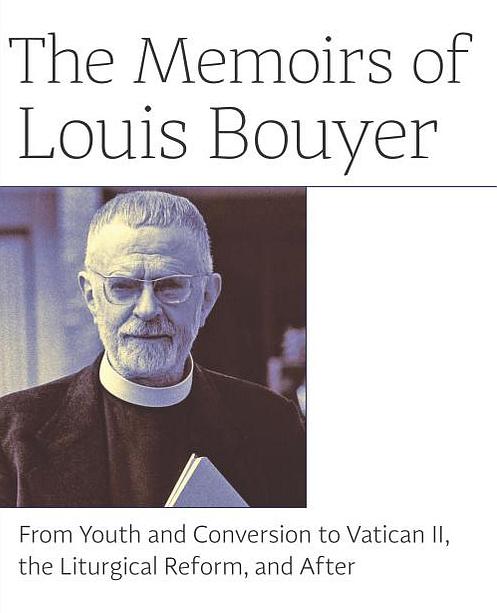Hvordan skal bispesynoden gjennomføres?
Den såkalte Xavier Rynne II (les om navnet her) skriver i dag om hvordan det er planlagt at bispesynoden om ektekspaet som starter i dag i Vatikanet skal gjennomføres. Det ser egentlige ikke ut til at biskopene som er samlet skal få lov til å uttale seg noe særlig i plenum, eller votere over noe særlig. Slik leser vi hos First Things:
… In the run-up to Synod-2015, serious concerns were expressed that similar manipulations would plague the Synod that commences its work tomorrow.
Those concerns have now been significantly amplified by reports about the procedures the Synod general secretariat has devised for Synod-2015—without input from the Synod general council—and by the release of the roster of Synod fathers charged with composing Synod-2015’s final report.
More than one Synod father has described both the procedures and the final- report commission as “unacceptable.” Their reasons for making that sharp judgment are not hard to grasp.
As to procedures:
The Synod’s discussions, in both general assembly and in language-based discussion groups, will be structured by the Instrumentum Laboris [Working Document] released some months ago—a document that has been subjected to withering criticism from across the Catholic world; a document that is marked by what might be called a striking “Christological deficit;” a document that many Synod fathers believe is a wholly inadequate basis for their work and for the Church’s reflection on marriage and the family.
Speeches (“interventions,” in Synod-speak) to the full assembly of the Synod will be limited to three minutes in duration, i.e., about 750 words—less than the length of a typical daily Mass homily. These interventions, according to the announced procedures, are the Synod’s property and will not be made public.
The bulk of the Synod’s discussions will be conducted in language-based discussion groups (“circuli minores,” in Synod argot), the results of which will not be made public.
Filtered reports on the Synod will be given at daily press conferences, the speakers being chosen by the Synod general secretariat—presumably, for their reliability in conveying the messages that Cardinal Lorenzo Baldisseri, the general secretary of the Synod of Bishops, and Archbishop Bruno Forte want conveyed. (Archbishop Forte is Synod-2015’s special secretary and the man who is widely thought to have been the principal author of the deeply flawed Interim Report that caused a large-scale revolt of the Synod fathers at Synod-2014.)
There are, it seems, to be no “propositions” generated by the discussion groups, which means that there will be no votes on propositions, which means that the Synod fathers will not be asked to express their convictions publicly on anything.
As to the final-report commission:
Its membership includes serious churchmen, but as one Synod father put it, very few of the commission’s members have been vocal, public supporters of the Church’s classic teaching and practice on Holy Communion for the divorced and civilly-remarried. Moreover …..

